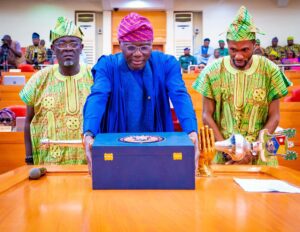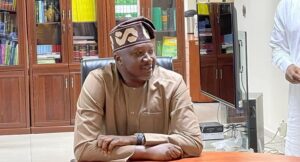


Banks’ LDR lowered to 50%
The Loan to Deposit Ratio (LDR) of Banks in the country rose to 50 percent from 65 percent.
This was disclosed by the apex Bank, Central Bank of Nigeria (CBN) in a circular to Deposit Money Banks titled “Re: Regulatory Measures to Improve Lending to the Real Sector of the Nigerian Economy.”
The LDR is a metric used to evaluate a bank’s liquidity by comparing its total loans to its total deposits over the same period, expressed as a percentage. An excessively high ratio may indicate insufficient liquidity to meet unexpected fund requirements.
In a bid to increase lending to the economy especially Small and Medium Enterprises, SME, retail mortgage and consumer loans, the CBN on July 3, 2019 increased Banks’ LDR to 60 per cent from 57 percent. The LDR was further raised to 65 per cent in January 20020.
The circular read, “The Central Bank of Nigeria’s (CBN) regulatory directive on the above subject dated January 20, 2020, referenced BSD/DIR/GEN/LAB/12/070 refers.
“Following a shift in the Bank’s policy stance towards a more contractionary approach, it is imperative to review the loan-to-deposit ratio (LDR) policy to align with the current monetary tightening by the CBN.
“Accordingly, the CBN has decided to reduce the LDR by 15 percentage points to 50 percent, in a similar proportion to the increase in the CRR rate for banks. All DMBs are required to maintain this level and are further advised that average daily figures shall continue to be applied to assess compliance.
“While DMBS are encouraged to maintain strong risk management practices regarding their lending operations, the CBN shall continue to monitor compliance, review market developments, and make alterations in the LDR as it deems appropriate.”
The reduction in the LDR according to analysts at Afrinvest Securities is to allow banks to comply with the Cash Reserve Ratio, CRR of 45 percent.
They said, “Today, the CBN in a circular to Deposit Money Banks titled “Re: Regulatory Measures to Improve Lending to the Real Sector of the Nigerian Economy” announced a scale down of the Loans to Deposits Rate (LDR) by 15.0ppts to 50.0 percent – reversing previous threshold set by the past CBN administration in January 2020.’
“In our view, this downward review of LDR allows banks to comply with the 45.0 percent CRR directive, and eases off pressure on the lenders considering the restrictive nature of other CBN directives including the Net Open Position (NOP) ceiling of 20.0 percent short and 0.0 percent long. Thus, we believe this policy would enhance the ability of banks to sweat out assets without creating unnecessary risks.”



